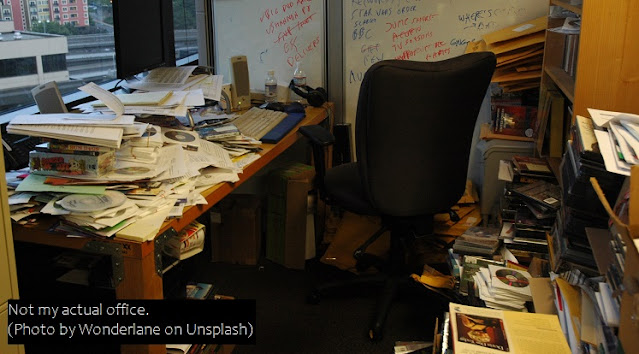What happened there?
Well, I'm not sure. I kept learning, but I dropped the ball on actually making any progress, it seems. I think it's called "phaffing about".
Where I'm at
I recently discovered AI for Genealogy in the name of a podcast by Steve Little and Mark Thompson (The Family History AI Show). What fun! I am chomping at the bit to get my feet wet and learn how these tools could influence my research and workflow. So stepping back in...
I inherited a new batch of family docs from my sister, who passed away in April. These documents needed sorting, scanning, tagging, renaming, filing (digitally and in print) before I could dig back in to tree building. I think I'm ready to start connecting some dots.
I spent quite a bit of time back in the fall trying to figure out the 'Venn diagram' where the online repositories, the desktop software and citation managers come together. In my case, I'm talking specifically of how something like Family Search (with tree tools, personal repositories, shared folders and masses of content) informs my use of RootsMagic (tree and task management, mapping, reporting, etc) and a capture tool like Zotero (creates custom libraries of links to materials found on my people all over the internet, also with reporting features, citation management, notes, relationships).
And I'm not even thinking about photo management at the moment... or DNA!
Where to?
I think I've got to work through a workflow.
From adding someone to a tree, adding their facts and sources, choosing a linking method that won't break and the content is reliably backed up, copying my tree up to FamilySearch when I'm sure I have not created duplicates in error. Once my facts and sources are in, create a Family Group and look for the gaps, create a Tasklist (or a Research Plan...) for moving forward.
I think then I can go searching for and adding new sources to my ancestor, storing those sources (or links to those sources?) as I go. I think the idea of having a focus or objective in the research is smart. There are just too many shiny objects to distract, and you end up not remembering anything you did.
Now, maybe the AI agents will help me keep track of where I've been, but I don't think I should go there quite yet!
In terms of the Venn diagram, perhaps all shall be revealed and the perfect workflow will emerge with trial and error. Enough theory!
(Photo by Taylor Vick on Unsplash)




